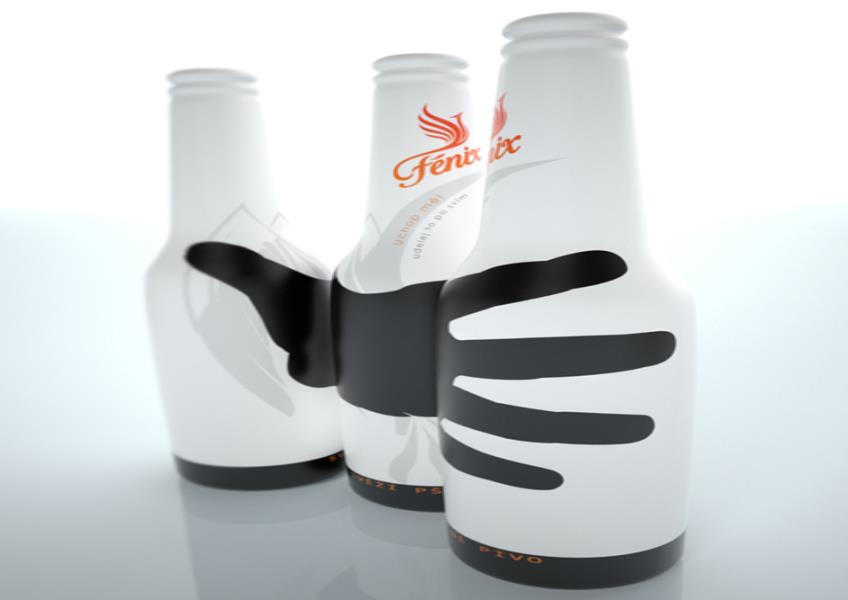Get the latest updates From BL Soni College Bhilwara

How can graphic design be used to create visually appealing packaging designs?
Graphic design plays a crucial role in creating visually appealing packaging designs. Packaging is often the first point of contact between a product and a consumer, so it needs to capture attention, convey information, and evoke emotions. Here are some key principles and strategies to use in graphic design to create visually appealing packaging: Understand the Brand and Target Audience: Before starting the design process, thoroughly understand the brand's identity, values, and the target audience. Packaging should align with the brand's image and resonate with the intended consumers. Simplicity and Clarity: Keep the design simple and clear. Avoid clutter and excessive text. A clean design can be more visually appealing and easier for consumers to understand. Color Psychology: Use colors strategically to evoke emotions and convey messages. Different colors can communicate qualities like freshness, luxury, eco-friendliness, or playfulness. Consider cultural and regional preferences as well. Typography: Choose fonts that are legible and reflect the brand's personality. Typography can convey important information, such as product names, features, and benefits. Visual Hierarchy: Establish a clear visual hierarchy to guide the viewer's eye. Important information, like the product name and key benefits, should be prominent and easy to find. Imagery: Use high-quality images and graphics that enhance the packaging's appeal. Product photos, illustrations, or icons can convey information and create an emotional connection with the consumer. Consistency: Maintain consistency with the brand's overall visual identity. Use the same color palette, fonts, and design elements across all packaging to reinforce brand recognition. Unique Branding Elements: Consider adding unique and memorable branding elements, such as logos, mascots, or distinctive patterns, that set the product apart from competitors. Material Selection: Work with the physical attributes of the packaging material. Consider how the design will look on different surfaces, such as glass, paper, plastic, or cardboard. Die-Cut and Shape: Unique packaging shapes or die-cut elements can make a product stand out on the shelf and create a memorable unboxing experience. Storytelling: Use packaging to tell a story about the product or brand. Include information about the product's origin, ingredients, or a compelling narrative that resonates with consumers. User Experience: Think about how consumers will interact with the packaging. Ensure that it's easy to open, resealable if necessary, and provides a practical and enjoyable user experience. Environmental Considerations: Consider eco-friendly packaging materials and design elements that communicate the brand's commitment to sustainability. Testing and Feedback: Conduct focus groups or gather feedback to test the packaging design with potential consumers. This can help identify any issues and make improvements before production. Legal Compliance: Ensure that your packaging design complies with all relevant regulations and labeling requirements, including ingredient lists, nutritional information, and safety warnings. Prototyping: Create physical prototypes or mock-ups to visualize how the packaging will look and feel in real life before mass production. Printing Techniques: Explore various printing techniques, such as embossing, foil stamping, or spot UV, to add texture and visual interest to the packaging. Competitive Analysis: Study the packaging of competitors to identify opportunities to differentiate and stand out in the market. Ultimately, the goal of graphic design in packaging is to create a visually appealing and memorable design that not only attracts consumers but also communicates the essence of the product and the brand. Collaboration between graphic designers, packaging engineers, and marketing professionals is often essential to achieve this goal successfully.


